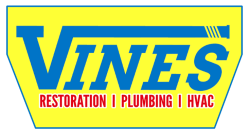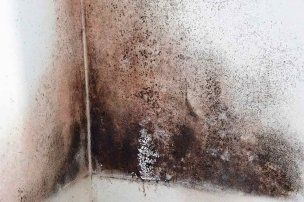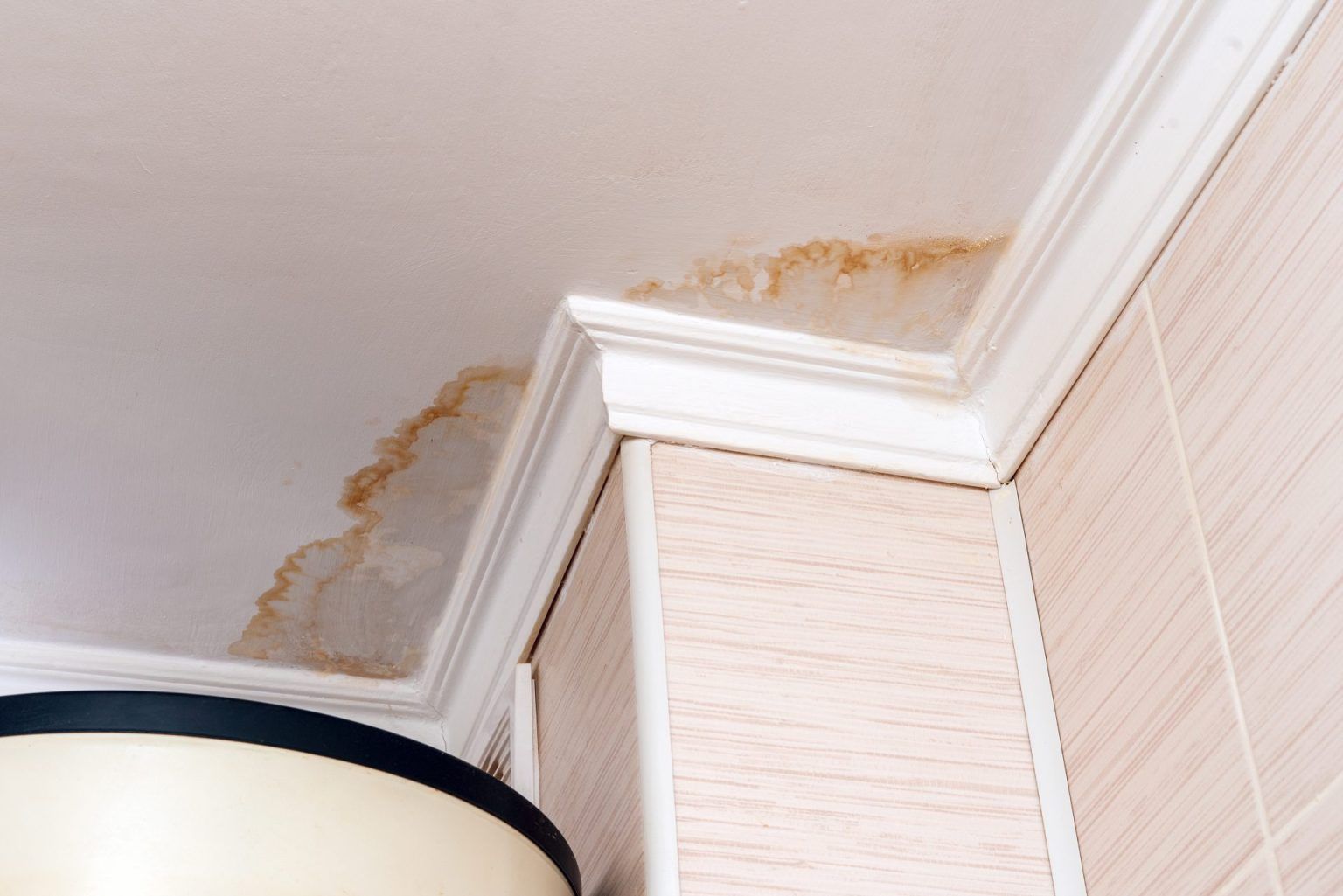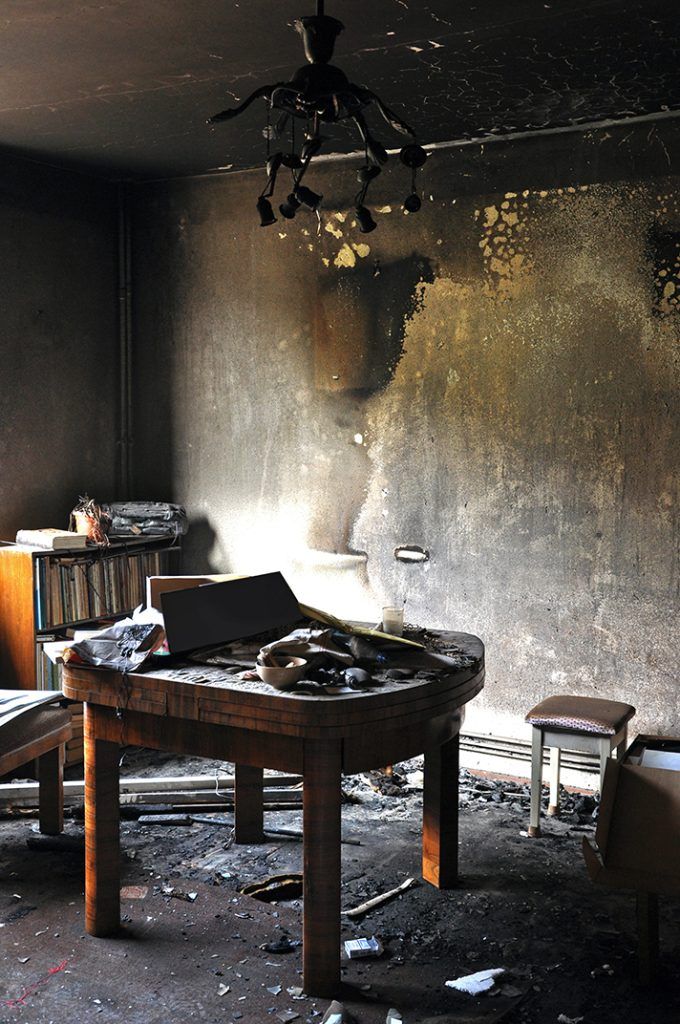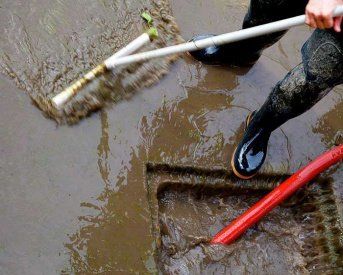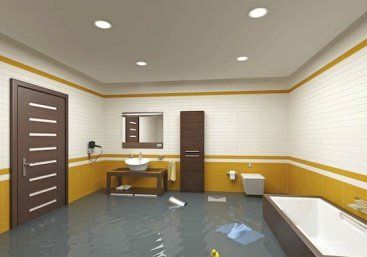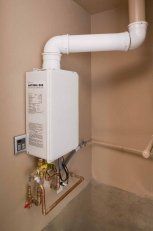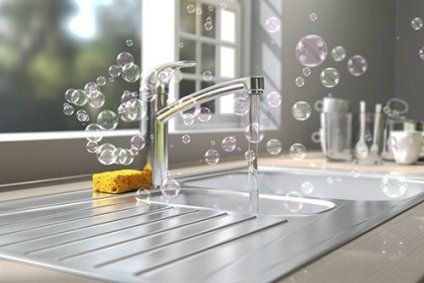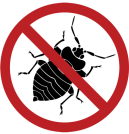Buying an Older Home? Watch Out For These Common Plumbing Problems
Older homes can be romantic and beautiful, but they can also be a plumbing nightmare. Old pipes can cause leaks, water damage, and structural damage, and many older plumbing fixtures are inefficient and costly to use. Homeowners who aren’t aware of their plumbing problems can find themselves paying hundreds or thousands of dollars in repairs, or may pay extra money for utilities over time.
If you’re thinking about buying an older home, knowing the plumbing problems typically associated with an older property can help you identify issues before the deal is final. This can help you decide whether or not an older property is right for you.
INEFFICIENT TOILETS
Legislation passed in 1992 limited the volume of water that toilets could use for each flush. Before that time, many toilets used between 3 and 7 gallons per flush.
This means that a pre-1992 toilet may use thousands of extra gallons of water every year. If you’re not sure how to check whether or not a home has an inefficient toilet, look inside or on the back of the tank where it connects to the bowl. If the home you’re thinking about buying has inefficient toilets, consider negotiating an upgraded toilet into the purchasing agreement, or plan to replace the toilets after moving in.
GALVANIZED PIPES
Galvanized pipes were commonly used in homes the 1930’s through the 1980’s. At the time, they were the best kind of pipes available to homeowners. We know now that galvanized pipes last between 20 and 50 years.
Toward the end of their service life, galvanized pipes become brittle, corroded, and leaky. Fixing galvanized plumbing can be time-consuming and sometimes you cannot repair galvanized pipes.
Eventually, you’ll need to replace galvanized pipes. If the home you’re thinking about buying has galvanized pipes, plan to set aside several thousand dollars to replace the pipes in the next several years.
SCALE BUILDUP AND LOW WATER PRESSURE
Hard water causes scale to build up in pipes over time. Over many years, scale can cause the pipes to become narrow, which can affect the water pressure. Eventually, the scale can cause pipes to become so narrow that they clog.
Older homes are no more likely to have hard water than newer homes, but if the problem has gone untreated for many years, the pipes in an older home are much more likely to have irreversible damage. Watch for signs of hard water problems in the home you’re thinking about buying. Green, flaky scale around plumbing fixtures and hard water stains on the windows and dishes is a sign that a home has hard water and the current owners have not fixed the problem.
LEAD SERVICE LINE
Lead was commonly used in main water lines for decades until modern plumbing eliminated the need for lead pipes. Many service lines still deliver water to homes through plumbing made of lead. You can tell whether or not this is a problem in the home you’d like to purchase by finding the main water line to the house.
Scrape away a tiny bit of the corrosion on top of the pipe with the edge of a screwdriver. If the metal underneath is silver and shiny, this is probably lead. Have it inspected by a professional for confirmation.
OLDER SEWER
Older sewers are susceptible to problems like root damage and pipe collapse. A sewer replacement can cost several thousand dollars and can be very disruptive in a busy household. The only way to find out if an older sewer has these problems is to have a professional plumber inspect the sewer with a camera. An inspection will reveal whether or not the home you would like to buy will need sewer replacement soon.
CONTACT A REPUTABLE PLUMBER FOR MORE INFORMATION
At Vines Plumbing, we take pleasure in answering customer questions about old plumbing and routine maintenance. To find out more about older plumbing systems, call us today.
